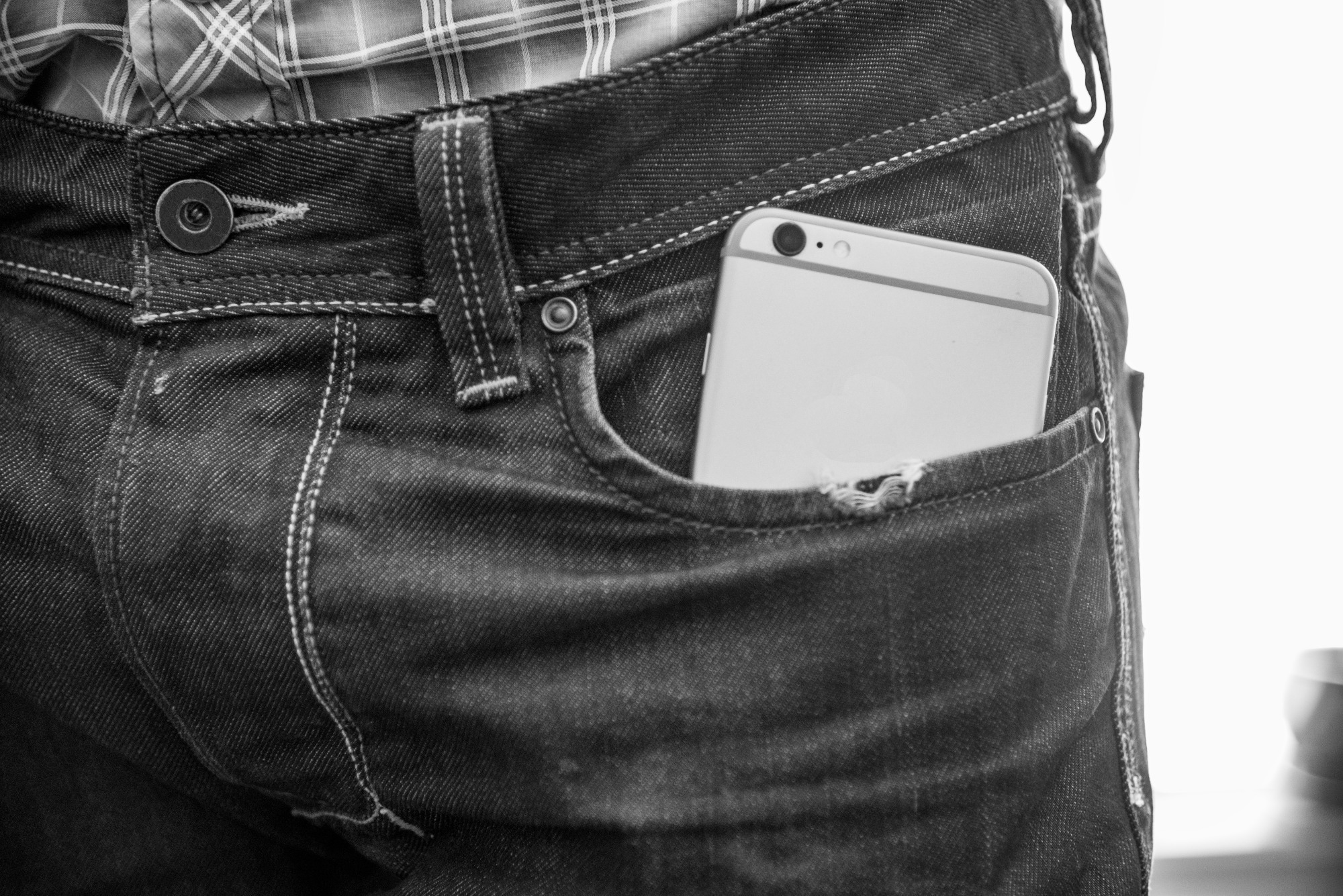In a recent cross-sectional study published in the journal Fertility and Sterility, researchers from Switzerland investigated the association between self-reported mobile phone use and semen quality in young Swiss men. They found that an increased use of mobile phones is associated with a reduced sperm concentration and total sperm count (TSC) in the semen.
 Study: Association between self-reported mobile phone use and the semen quality of young men. Image Credit: SeaRick1 / Shutterstock
Study: Association between self-reported mobile phone use and the semen quality of young men. Image Credit: SeaRick1 / Shutterstock
Background
Infertility affects about 17% of couples worldwide, with about 50% of the cases attributable to the male partner. While the cause of poor semen quality is yet to be thoroughly understood, various factors such as obesity, alcohol consumption, smoking, and stress are known to be associated with a reduced sperm count.
The alarming rise of the use of mobile phones and the consequent exposure to radiofrequency electromagnetic fields (RF-EMFs) is shown in experimental and observational studies to affect the reproductive health of males concerning sperm count, morphology, motility, and viability. However, these studies are few and with various biases of concern. Therefore, researchers conducted a cross-sectional study examining the potential association between semen parameters, mobile phone use, and position when not in use in young Swiss men between 2005 and 2018.
About the study
In the present study, 5,605 men aged 18–22 years were surveyed across six centers in the country using questionnaires regarding their health and lifestyle as well as their parents’ preconception period. The men were also asked about the duration and frequency of mobile use (rarely, a few times per week, 1–5 times per day, 5–10 times per day, 10–20 times per day, >20 times per day) and the place where they kept the phone (in a jacket pocket, pant pocket, belt carrier, or elsewhere) when not in use.
A total of 2,866 men were physically examined for their genital anatomy, testicular volume, weight, and height, and they contributed semen samples to the study.. Semen analysis was performed based on guidelines of the World Health Organization (WHO) to determine the sperm concentration, TSC, motility, and morphology. Statistical analysis included the use of the Kruskal-Wallis test, Chi-square test, and adjusted logistic and linear regression models. Additionally, a sensitivity analysis was also performed by excluding the men with azoospermia (1%).
Results and discussion
It was found that men with a higher frequency of mobile usage were slightly younger (19 years) and had a higher body mass index (BMI = 22.8 kg/m2) as compared to men with a lower frequency of mobile use (BMI = 21 kg/m2, age 20 years). Interestingly, while 56.5% of the men used their mobile phones less than once per week between 2005 and 2007, this proportion reduced to 5% between 2015 and 2018.
Men using mobile phones at a high frequency (>20 times a day) showed a 21% reduction in sperm concentration and a 22% TSC decrease as compared to those who rarely (less than once per week) used mobile phones. Significant exposure-response trends were observed across the complete exposure range in this group of men. Moreover, these men also showed a higher risk of having a sperm concentration and TSC below the WHO reference value for fertile men. The likelihood of having a lower-than-WHO-reference sperm concentration was significantly higher in men using mobile phones 5–10 times a day than those who rarely used it in the day or week (adjusted odds ratio = 1.409). The results appeared unchanged even when men with azoospermia were excluded from the study. Interestingly, the association between sperm concentration and mobile phone use was shown to be stronger during 2005–2007 and progressively reduced in the periods 2008–2011 and 2012–2018. The semen volume, sperm morphology, and motility were not found to be associated with the frequency of mobile use.
About 85.7% of the included men were found to store their mobile phones in their pant pockets (when not in use). However, the semen quality parameters were not found to be affected by the position of the mobile phone when not in use.
This is the most extensive study evaluating the effect of mobile-phone-based RF-EMF exposure on semen quality. The results are further strengthened by the fact that the studied sample of men came from a general population with an unknown fertility status. However, there are a few limitations to the study. It did not evaluate the daily RF-EMF absorption and relied solely on self-reported data for surveying mobile usage. Also, the characteristics of the phone, such as its brand, number of applications, network quality, use of ear accessories, and output power, were not recorded.
Conclusion
Given the dramatic increase in mobile phone usage globally, this study's findings provide essential insights into the effect of increased RF-EMF exposure on male reproductive health. In the future, conducting prospective studies that accurately measure RF-EMF exposure could help understand the mechanism of action underlying these effects.